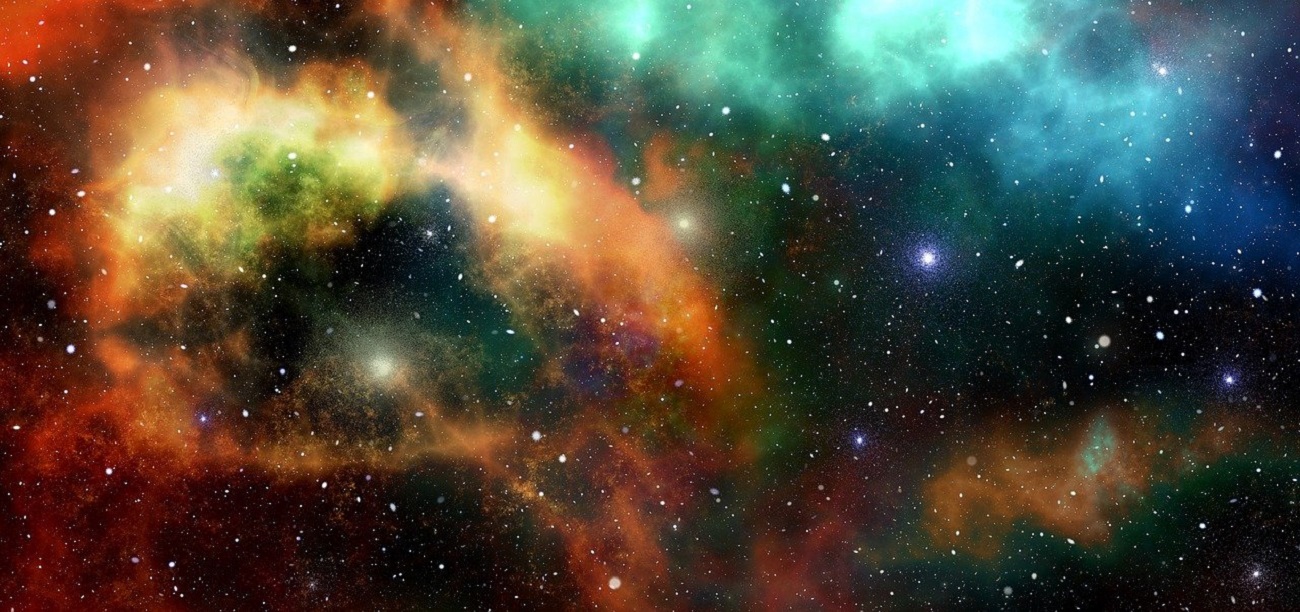But the problem is that these fluctuations are not easy to notice. For this reason, scientists from the Helmholtz-Zentrum Dresden-Rossendorf Research Center (HZDR) are working on a laser experiment that aims to prove the existence of vacuum fluctuations in a completely new way. If this experiment succeeds, we will likely see for the first time new information about new and unknown physical laws. in Latest scientific article Published in the journal Physical review d HZDR physicists described a number of assumptions aimed at increasing the experiment’s chances of success.
Scientists who study physical reality have known for years that the void defined as empty space is nothing but a gross simplification. We know that even in the absence of any particles, there are still fluctuations in the vacuum, a kind of quantum flapping of time and space. The difficulty of observing such fluctuations lies in the fact that they cannot be seen directly. However, they can be observed through changes in the electromagnetic field of particles.
Read also: Unusual lasers and new applications. Is there a revolution coming?
But the question that arises here is how to verify the existence of quantum fluctuations in a vacuum where there are no particles. Solving this problem will be invaluable because scientists will finally be able to test quantum electrodynamics, one of the fundamental theories of physics, in an area that has never been explored before. Moreover, if the experiment reveals any deviations from the theory, we will obtain indirect confirmation of the existence of new, unknown elementary particles.
The planned experiment will be carried out using the world’s largest X-ray laser as part of the HIBEF Helmholtz International Beamline for Extreme Fields consortium. The ultra-powerful laser is capable of emitting short, intense flashes of light toward a vacuum chamber made of stainless steel. The task of the laser beam is to manipulate vacuum fluctuations so that it can change the polarization of X-ray light, that is, rotate the direction of its oscillation.
Initially, a single optical laser flash was supposed to be emitted towards the chamber and complex measurement techniques would be used to check whether the polarization of the X-ray pulse changes. The problem is that such a signal would be very weak. It is estimated that one out of every trillion photons of X-rays will change its polarization due to quantum fluctuations. Capturing this effect is unimaginably difficult. This in turn means that even if such a change occurred, scientists may simply not notice it.
Read also: The laser of the future is approaching. A new plasma mirror will help
For this reason, scientists now propose emitting two separate laser pulses simultaneously inside the vacuum chamber. The two pulses will literally collide with each other, and instead of this collision, a pulse of X-rays will be emitted by the XFEL laser. The point at which the laser pulses collide should affect the X-ray pulse like a crystal. The X-ray pulse must be deflected by this specific “photonic crystal”. Therefore we will receive an impulse not only with the polarization changed, but also with a slightly changed beam direction.
To further improve the chance of measuring the effect, scientists suggest using laser flashes of different wavelengths. Emitting a pulse of X-rays towards the point where two pulses of different colors collide would change the energy of the X-ray flash. But due to the difficulty of its practical implementation, this idea was postponed for the future.
The first tests of the experiment will be carried out at the HED Experiment Station in Hamburg next year. So we can expect that we will learn more about quantum electrodynamics in just a few months. Either it will be confirmed again, or some exceptions will be found. The latter option would mean the beginning of a completely new search for ultralight and elusive elementary particles, about which we currently know nothing. So there is something to look forward to.

Echo Richards embodies a personality that is a delightful contradiction: a humble musicaholic who never brags about her expansive knowledge of both classic and contemporary tunes. Infuriatingly modest, one would never know from a mere conversation how deeply entrenched she is in the world of music. This passion seamlessly translates into her problem-solving skills, with Echo often drawing inspiration from melodies and rhythms. A voracious reader, she dives deep into literature, using stories to influence her own hardcore writing. Her spirited advocacy for alcohol isn’t about mere indulgence, but about celebrating life’s poignant moments.


![He was Lucifer, and he will become God. Tom Ellis in the cartoon “Exploding Kittens” [WIDEO] He was Lucifer, and he will become God. Tom Ellis in the cartoon “Exploding Kittens” [WIDEO]](https://fwcdn.pl/nph/2025458/2023/47577_1.7.jpg)







